Charlie Chaplin had an uncanny ability to transform the greatest adversity into genuine laughter, featuring a perpetual underdog. As such, even his silent work remains timeless and provides exactly the remedy everyone could use in times like this. His slapstick is tremendously creative and subverts expectations. His stories give the struggling everyman a happy ending.
Chaplin’s films are truly brilliant, but it’s understandable if today’s audiences might have difficulty watching silent storytelling. Especially when viewers are already unable to keep up with copious modern content. However, some of Chaplin’s films translate well even today, thanks to their pacing and pathos.
The Rink
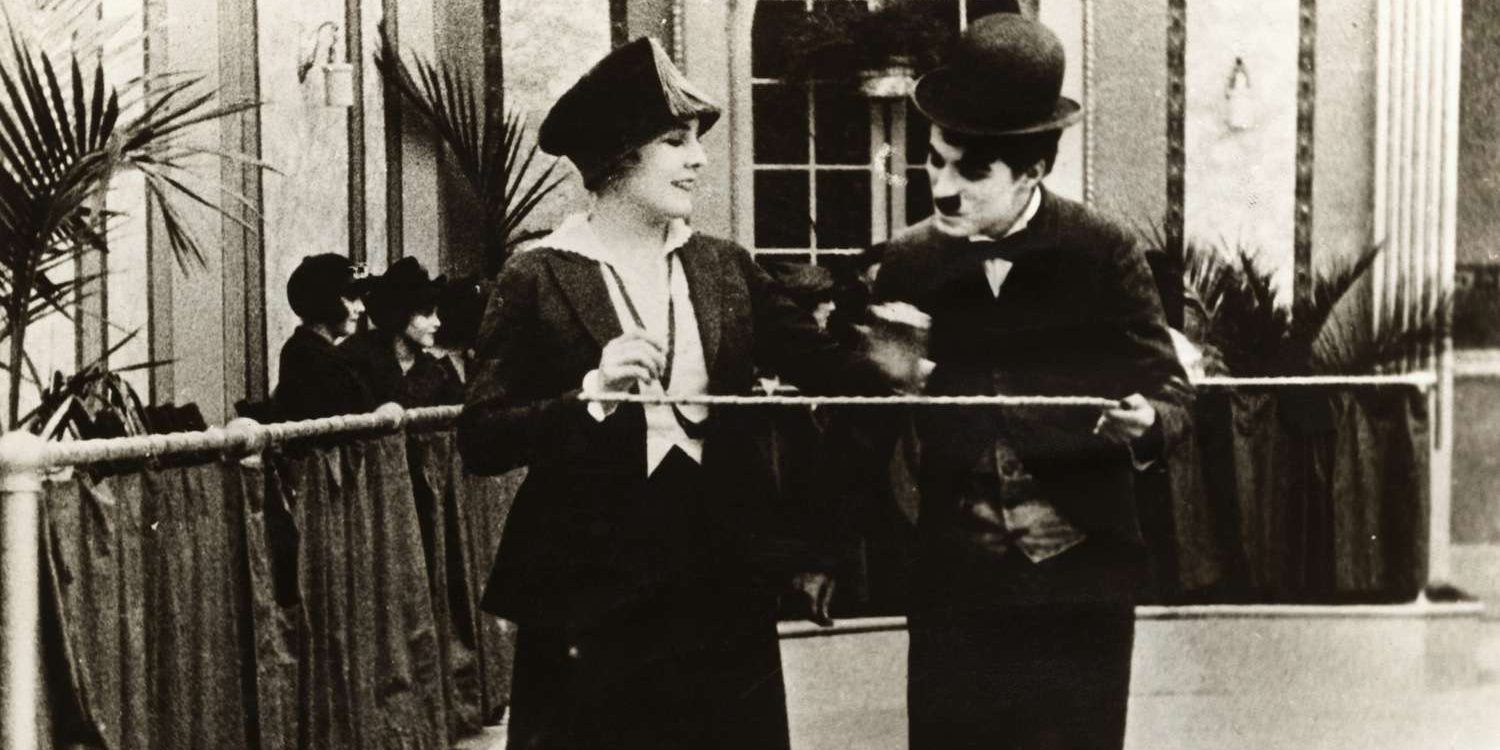
Half the film actually involves Chaplin’s protagonist working as a waiter, resulting in numerous restaurant gags. And these can be pretty entertaining since Chaplin’s hero often garners humor through inadvertent mishaps.
However, the true gold of this story is undoubtedly the roller skating comedy. The titular setting provides some of the most infectious laughter Chaplin could imagine, with stunning physical skills. Every time Chaplin puts on the roller skates, he delivers a comedic ballet, flaunting ease and creativity. While character investment is typically a good place to start, the sheer brevity and ingenuity of this short goes down easy.
The Pawnshop
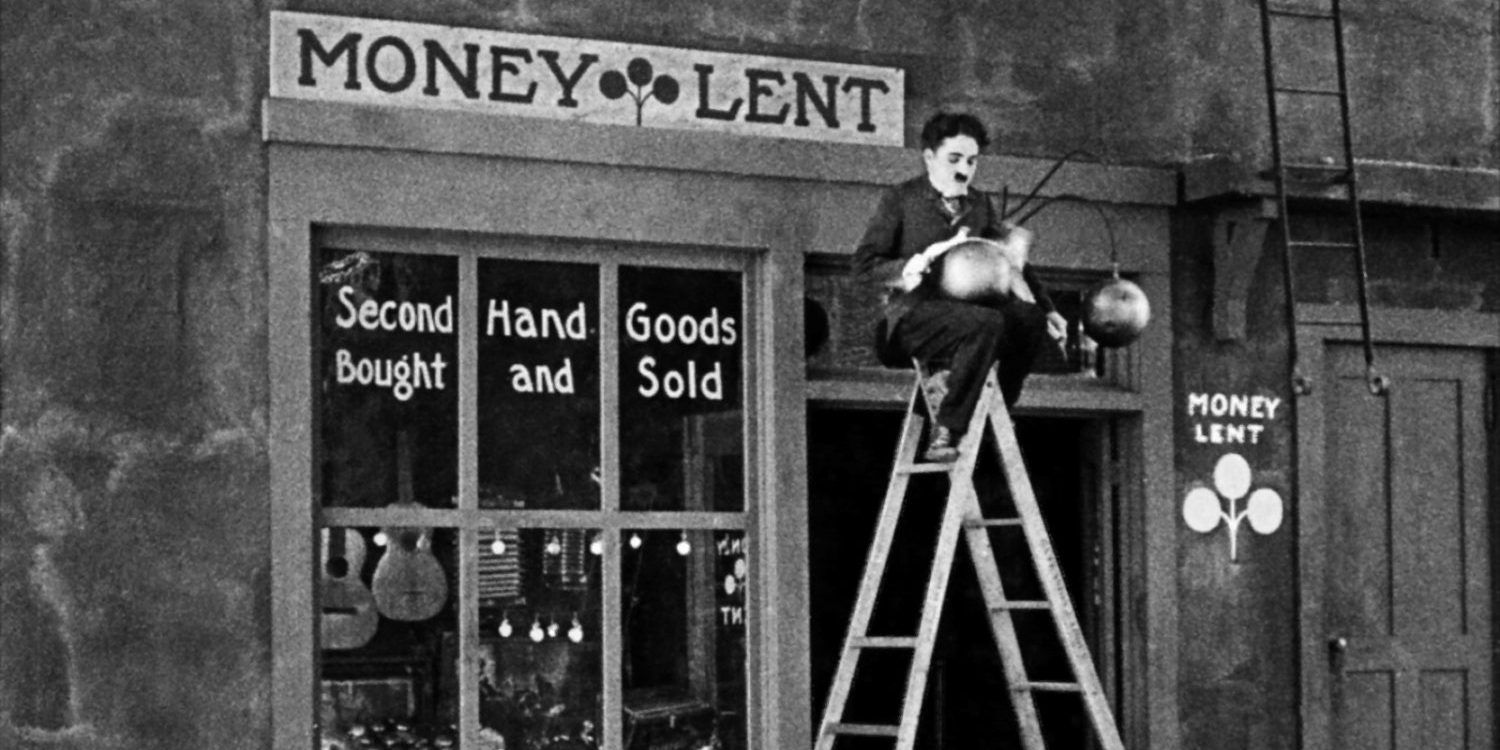
Once again, Chaplin’s protagonist is a well-meaning but hopelessly unqualified employee. The story makes the most of its setting, almost a precursor to something like Kevin Smith’s hilarious Clerks.
Chaplin’s naive, volatile character causes trouble for a series of questionable customers, most of whom aim to take advantage of the pawnshop, and a great deal of the story involves Chaplin at odds with his co-worker, which pretty much anyone can relate to. It may not have a charming romance, but the slapstick gags are especially clever. A pawnshop innately offered a variety of props that enabled Chaplin’s boundless inventiveness.
The Immigrant
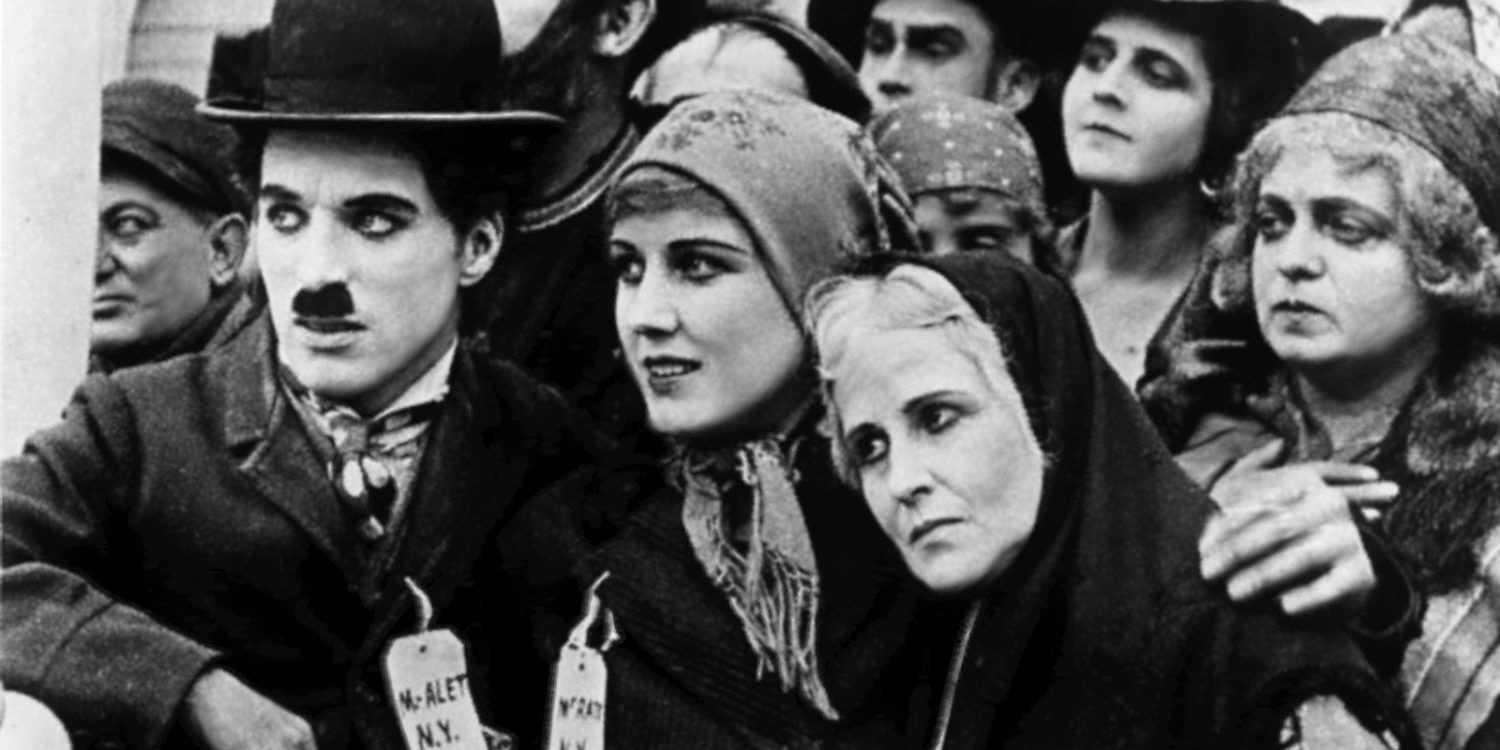
Almost anyone can relate to Chaplin’s tale about a ship of immigrants heading to America. He tastefully explores some of the innate hardships immigrants faced. These include sickness, thievery, and even being herded like cattle at one point.
But Chaplin’s acknowledgment strikes just the right balance between appropriately timed realism and his signature touch of comedic exaggeration. Chaplin allows viewers to laugh with a somber experience because they can sympathize and even relate to the struggles. That’s the trademark magic trick that Chaplin’s Tramp so often enables.
A Dog’s Life
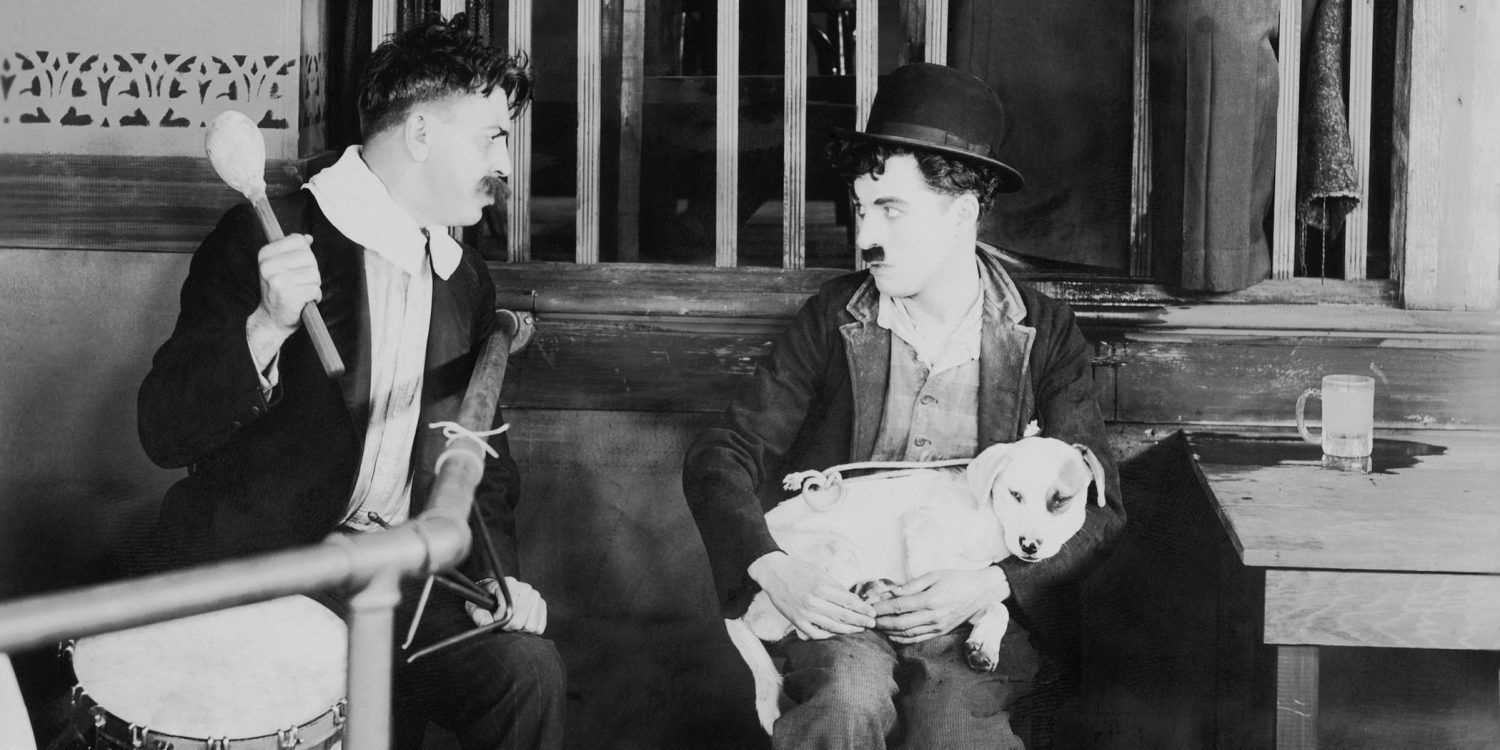
For all the fellow dog-lovers out there, this one is a real treat. Chaplin’s Tramp earns the titular implications of struggle, and his friendship with an actual pooch is both adorable and sincere. The evolution is organic, deeply touching, and the dog’s involvement really escalates every moment of suspense or emotion.
Working with animals on set is famously challenging, and Chaplin finds increasingly imaginative, endearing ways to make laughs with a dog. Even before the characters meet, simply crafting a parallel between their lives is a clever way to draw a smile. Anyone who loves dogs will love this film, ensuring its accessibility.
City Lights
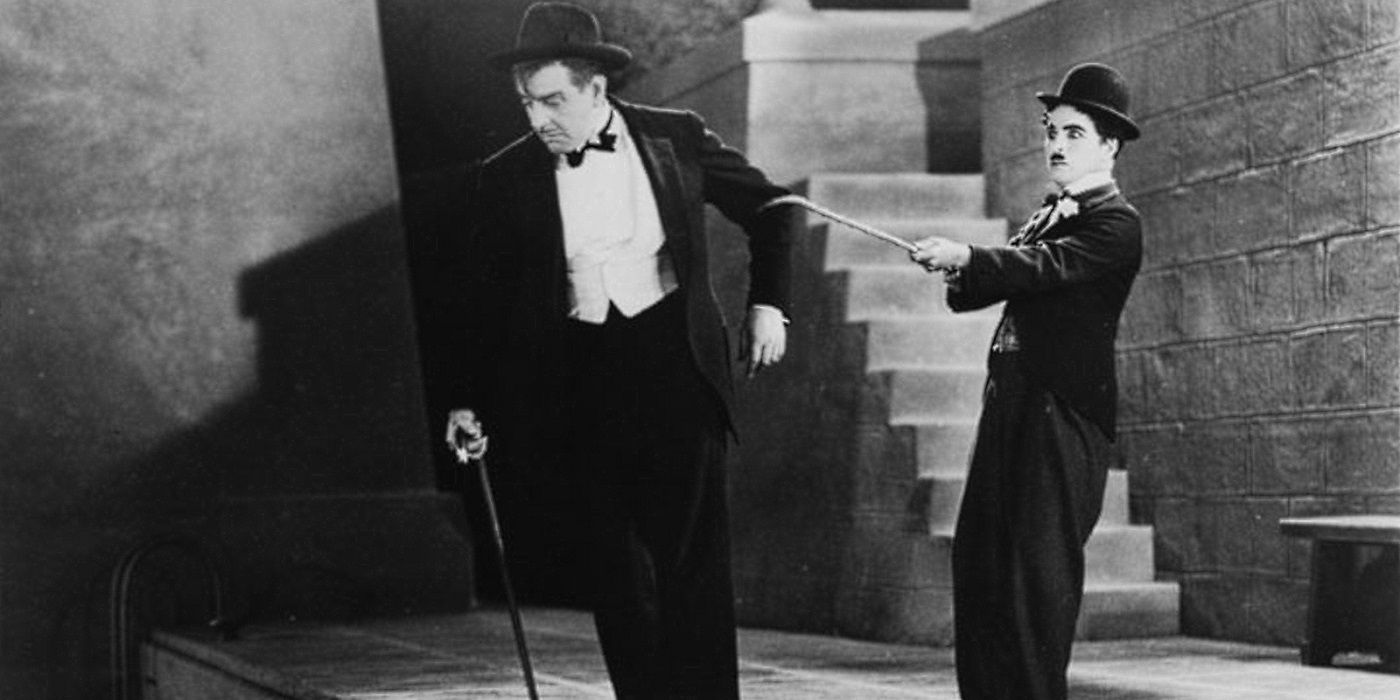
This is an especially funny movie for fans, with slight touches that may feel strange for modern viewers. The addition of sound effects and “voices” akin to adults from Peanuts’ iconic cartoon specials might be a touch awkward. But the film focuses on two compelling relationships in the city—one a friendship with a suicidal man, the other a romance with a blind woman.
Chaplin takes the time to fully explore both relationships in interesting ways and his clever slapstick is always directly tied in, where it has otherwise felt disparate at times. The physical comedy is nothing less than genius, arguably some of Chaplin’s best. It’s absolute gold when he revisits the boxing humor from The Champion.
The Circus
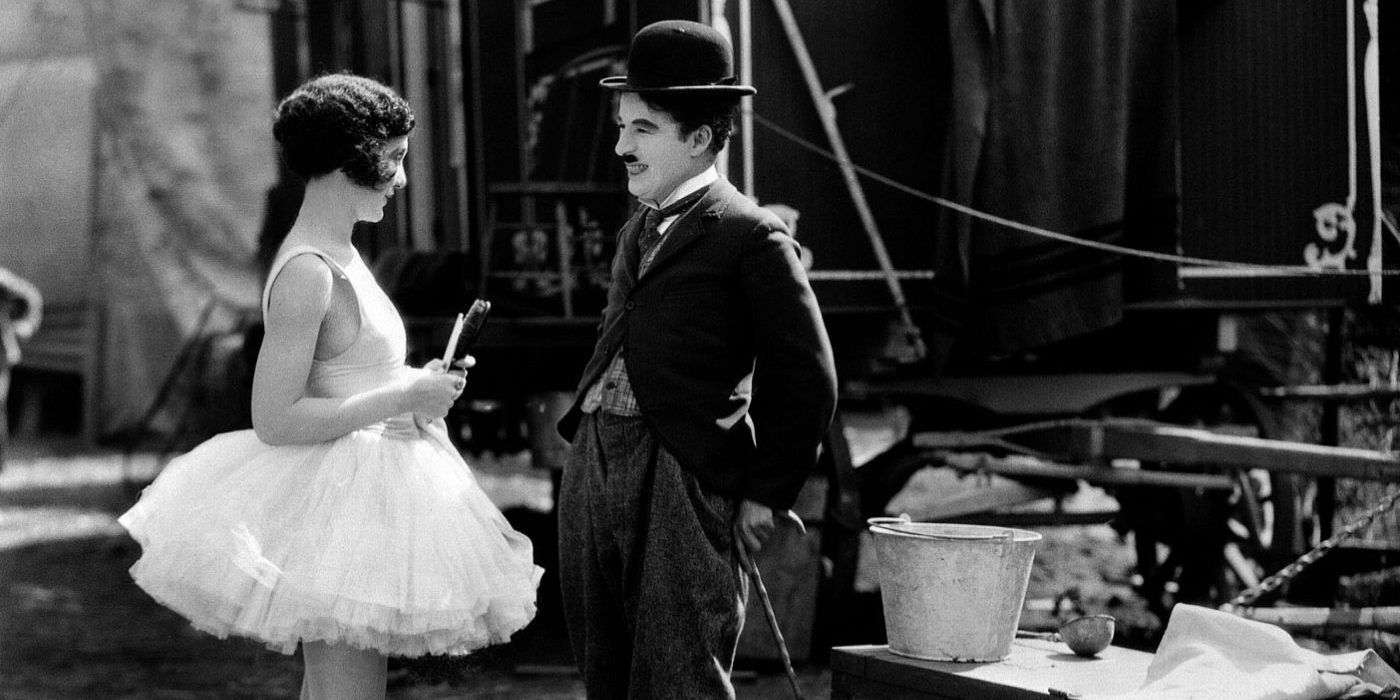
So much of Chaplin’s humor is derived from obliviousness and coincidence. This film is a superb combination of that approach, and develops sympathetic characters. The film actually begins with the love interest being totally mistreated by her father. And Chaplin’s protagonist himself is literally starved, which reliably gets him into trouble with the law.
The funhouse antics are a delight, and once Chaplin joins the circus, the whole film technically turns into meta-comedy. He is an accidental hit with the audience, which is simply ingenious. Including sweet, convincing romance, this film runs just over an hour, allowing time to invest without losing steam for a moment.
The Gold Rush
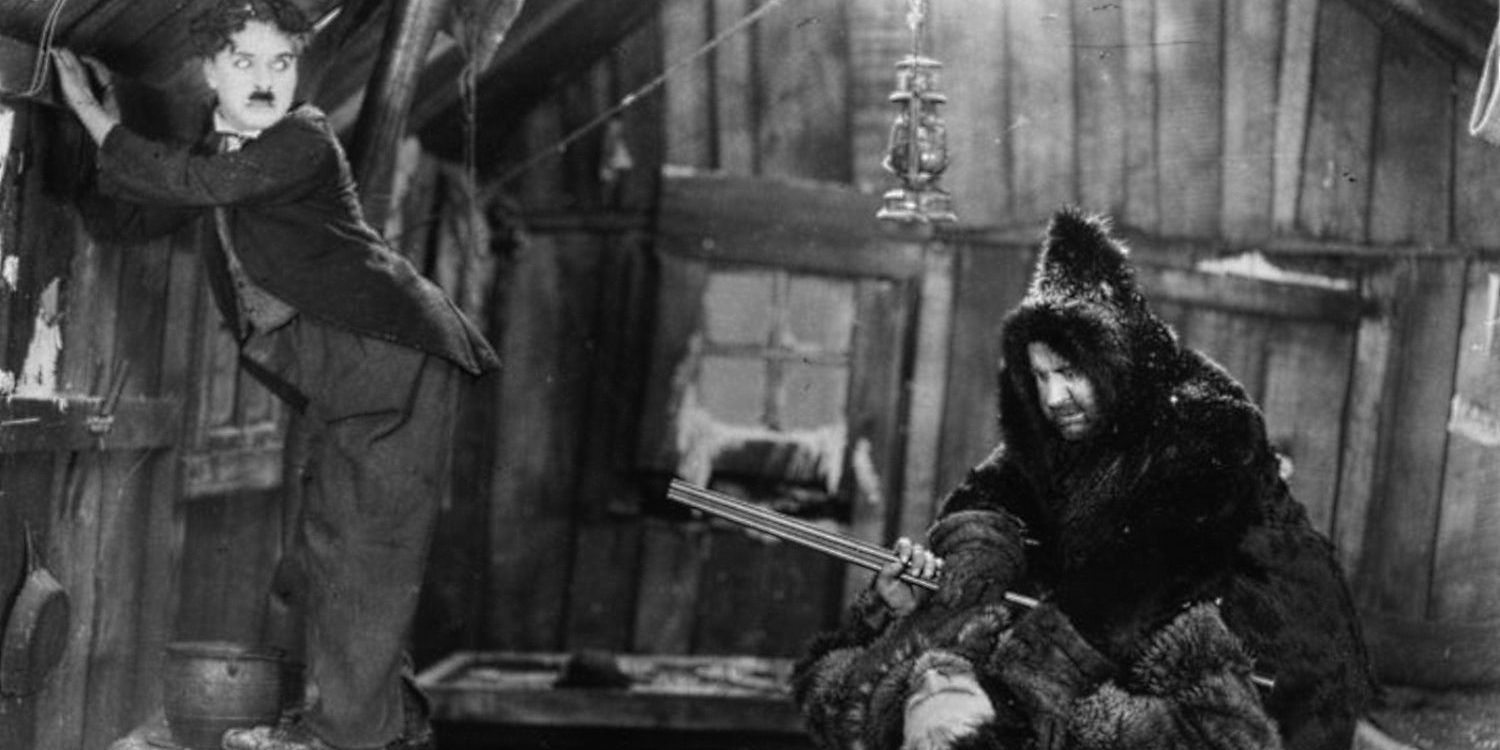
Set in the cold, snowy Alaska throughout the entire runtime, the story’s tone is accordingly darker than usual. The threat of cannibalism and the sheer amount of gunplay are unusually edgy, and there’s a surprising degree of on-screen death. Further, even the romance is atypical for the Tramp, here a “lone prospector”. His love interest predominantly thinks of him as something to be toyed with, while Chaplin’s hero takes her quite seriously.
However, this level of realism raises the stakes of the danger and pathos. And comedy remains a comforting presence throughout. Additionally, this was one of Chaplin’s more complex productions, with convincing effects that hold up. All of these elements should translate better today than some of his softer material.
The Kid
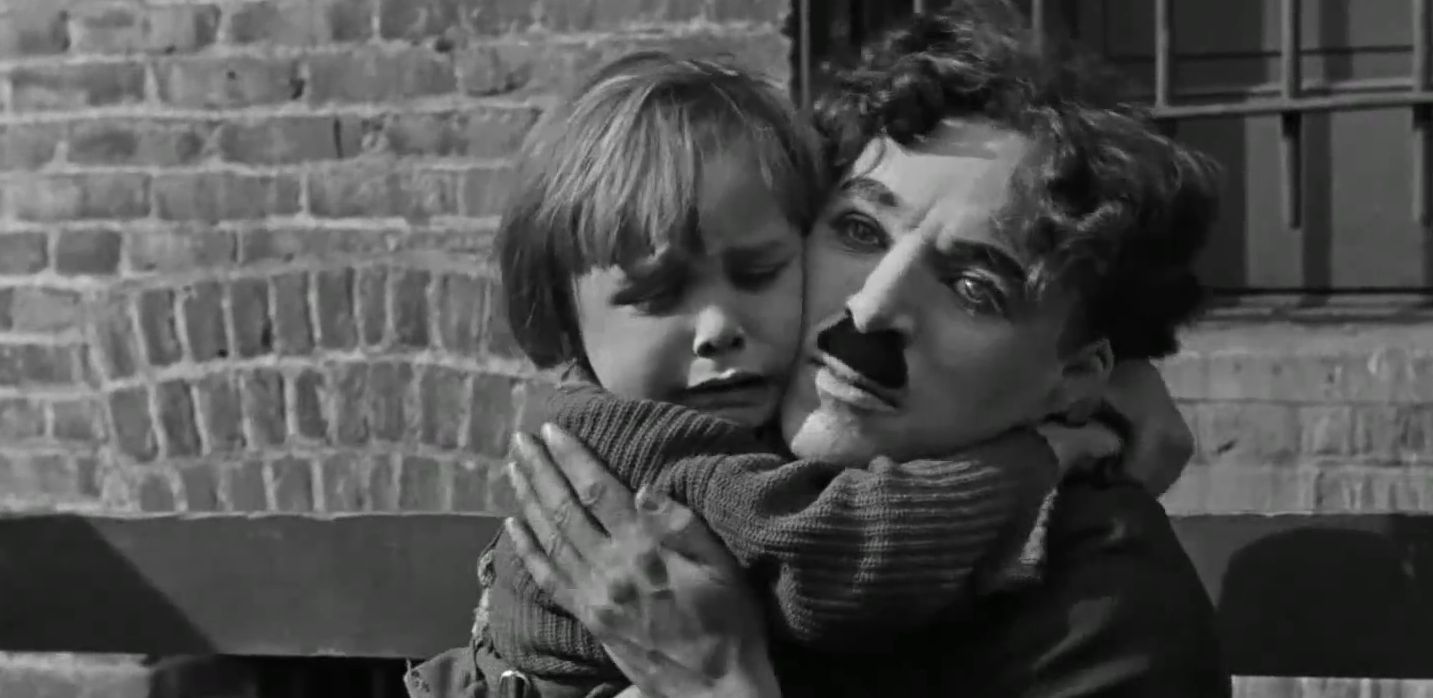
The music alone is some of Chaplin’s most touching work. But this is arguably his most moving film of all time, brimming with heartbreak and heartwarming sequences alike. This plot-driven film explores parenthood in a tender, earnest way. Their efforts to survive poverty together well up plenty of humor, but there’s also realism, including bullies and illness. When the child is nearly taken away from Chaplin’s protagonist, he may have crafted his most tragic scene.
The performances are so natural and compelling, it’s astonishing for someone so young. The inherent poignancy in adding a child dynamic to the Tramp character delivers everything it could possibly muster. Anyone who can sympathize with a little kid will connect with this one.
The Great Dictator
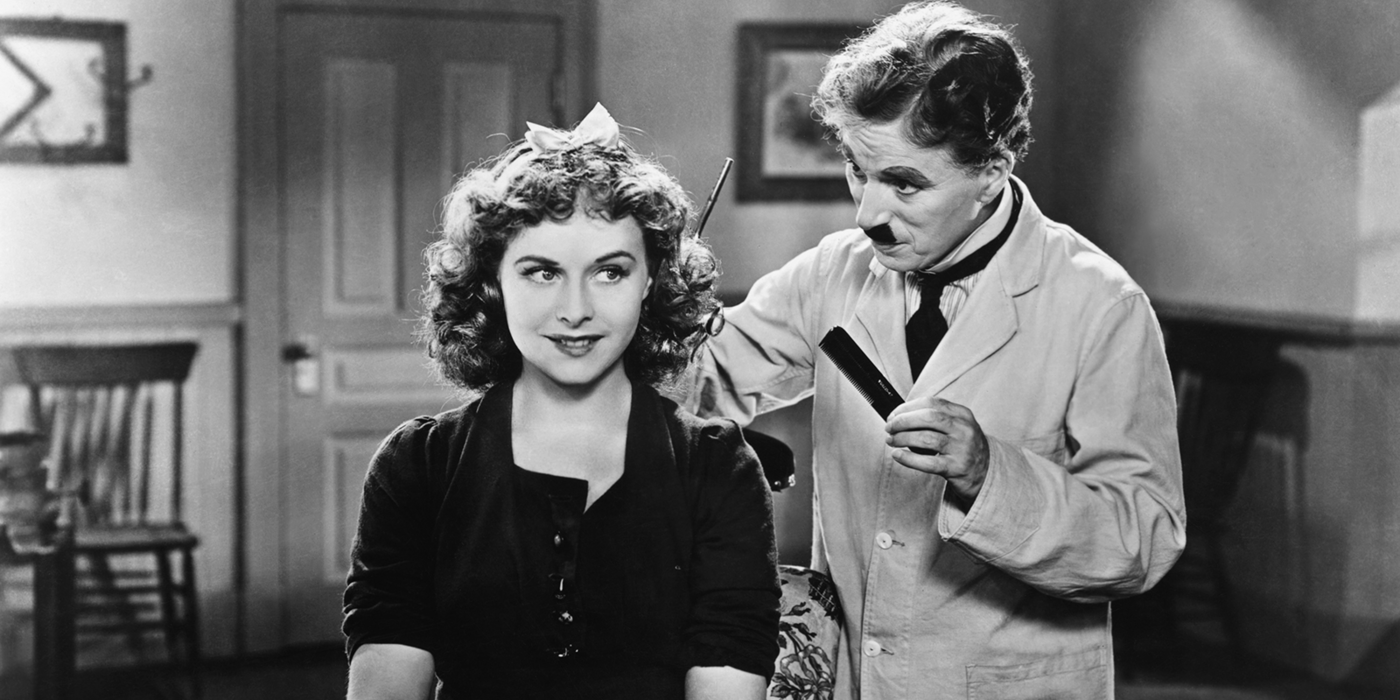
This was a daring film, unexpectedly poignant and biting in addition to Chaplin’s signature entertainment. He consistently exploits the absurdity of war, even with his physical gags. This eventually includes the mockery of senseless dictators, who impose their harmful will with callous oppression. To transform something awful into laughter, in an intelligent and insightful way, can become invaluable healing and learning.
Chaplin addressed serious thematic maturity through easily digestible comedy and did so when America hadn’t even joined WWII. Additionally, the film actually includes sound and dialogue, which should also prove very accessible for modern viewers.
Modern Times
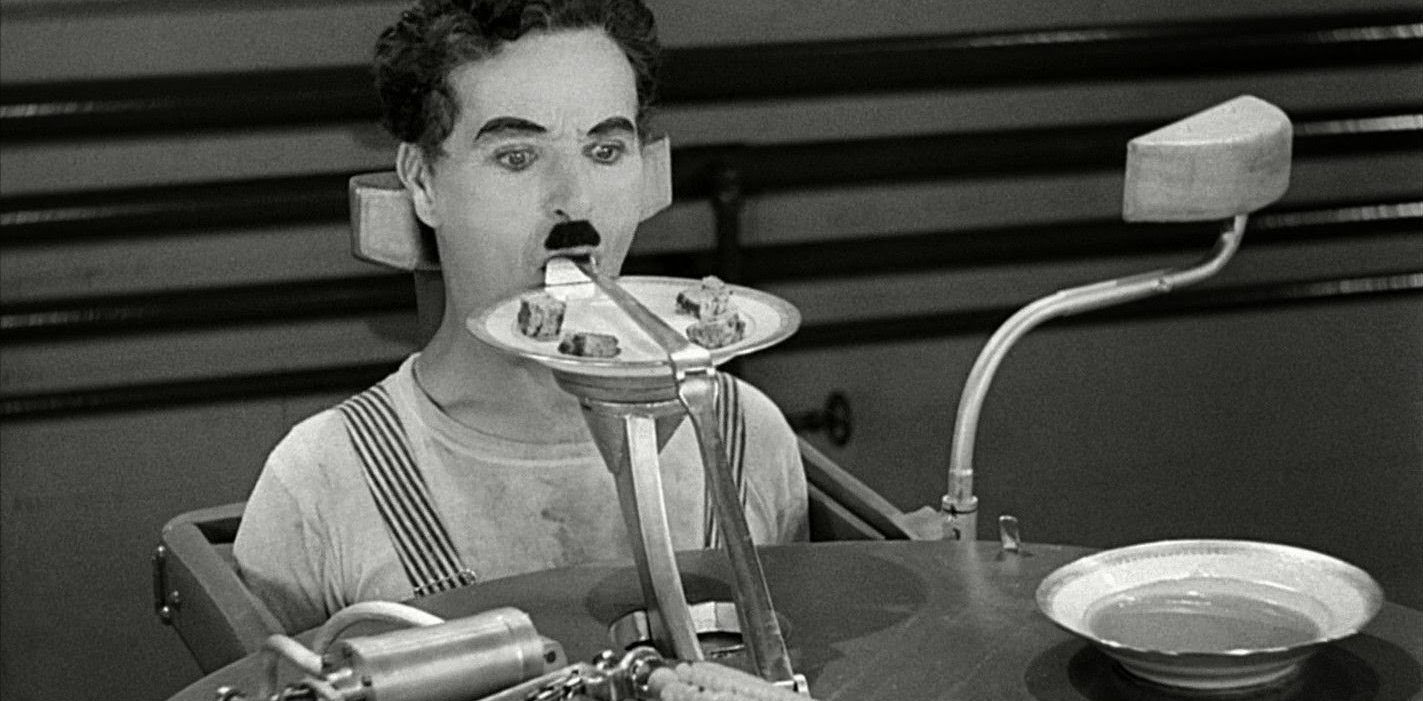
Possibly the most definitive Charlie Chaplin film, which explores the Great Depression and industrialization with breezy nuance. Chaplin’s classic Tramp character is hungry, poor, and subjected to outrageous mechanical experiments by his superiors. Audiences can be open to ideas if they aren’t clobbered over the head with it, and Chaplin was simply a master of incorporating his personal views without sacrificing fun storytelling.
His hero is also compassionate towards others, and the romance here is endearing as ever. Further, the ending is considerably bold, refusing to unfold with outright happiness. Instead, it declares the working class’ hopefulness despite a perpetual struggle. This honest approach is brighter than anything a Hollywood ending could invoke.




